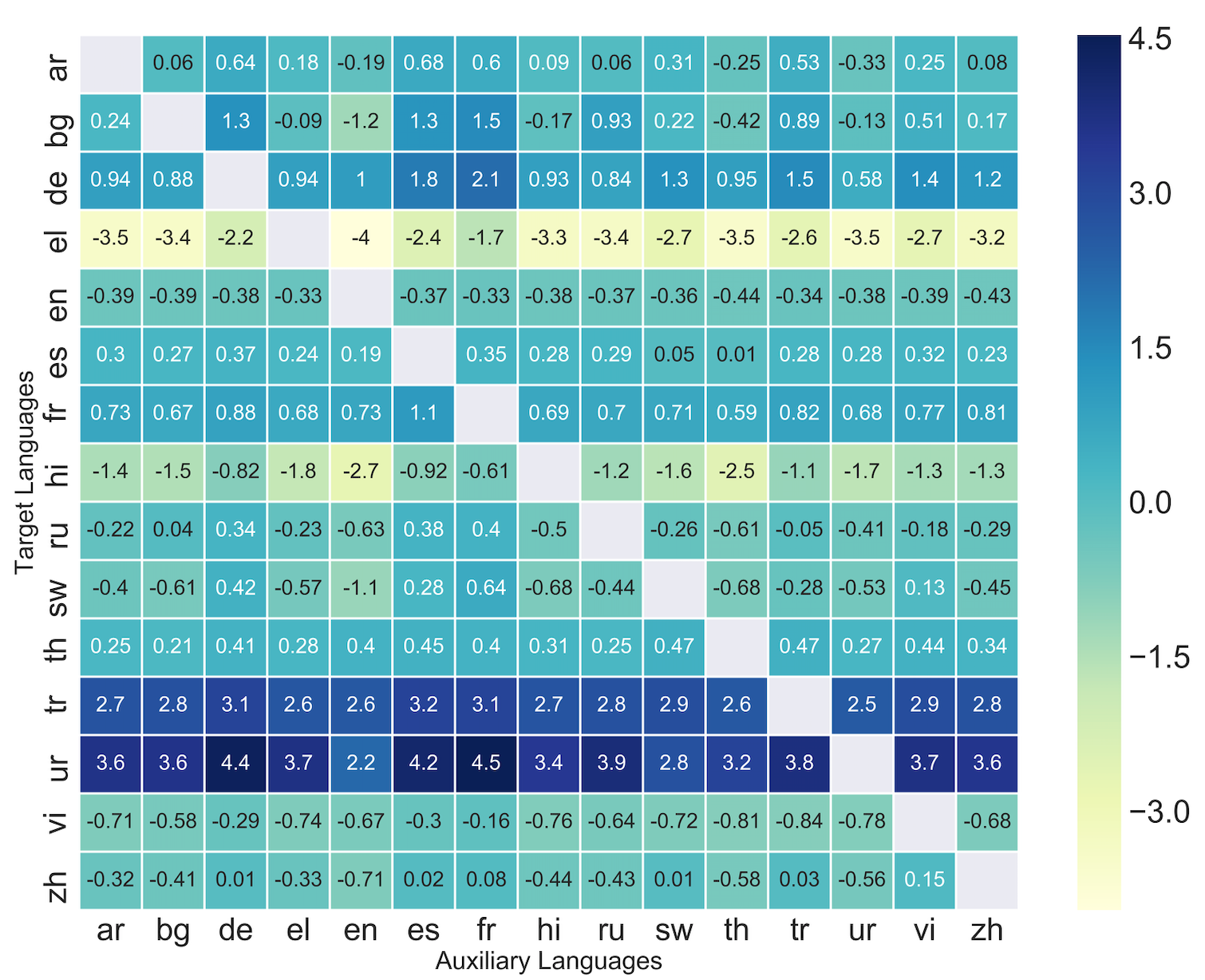Grounded Compositional Outputs for Adaptive Language Modeling
Nikolaos Pappas, Phoebe Mulcaire, Noah A. Smith
Machine Learning for NLP Long Paper

You can open the pre-recorded video in a separate window.
Abstract:
Language models have emerged as a central component across NLP, and a great deal of progress depends on the ability to cheaply adapt them (e.g., through finetuning) to new domains and tasks. A language model's \emph{vocabulary}---typically selected before training and permanently fixed later---affects its size and is part of what makes it resistant to such adaptation. Prior work has used compositional input embeddings based on surface forms to ameliorate this issue. In this work, we go one step beyond and propose a fully compositional output embedding layer for language models, which is further grounded in information from a structured lexicon (WordNet), namely semantically related words and free-text definitions. To our knowledge, the result is the first word-level language model with a size that does not depend on the training vocabulary. We evaluate the model on conventional language modeling as well as challenging cross-domain settings with an open vocabulary, finding that it matches or outperforms previous state-of-the-art output embedding methods and adaptation approaches. Our analysis attributes the improvements to sample efficiency: our model is more accurate for low-frequency words.
NOTE: Video may display a random order of authors.
Correct author list is at the top of this page.
Connected Papers in EMNLP2020
Similar Papers
oLMpics - On what Language Model Pre-training Captures
Alon Talmor, Yanai Elazar, Yoav Goldberg, Jonathan Berant,

SLM: Learning a Discourse Language Representation with Sentence Unshuffling
Haejun Lee, Drew A. Hudson, Kangwook Lee, Christopher D. Manning,

Zero-Shot Cross-Lingual Transfer with Meta Learning
Farhad Nooralahzadeh, Giannis Bekoulis, Johannes Bjerva, Isabelle Augenstein,

Reusing a Pretrained Language Model on Languages with Limited Corpora for Unsupervised NMT
Alexandra Chronopoulou, Dario Stojanovski, Alexander Fraser,
